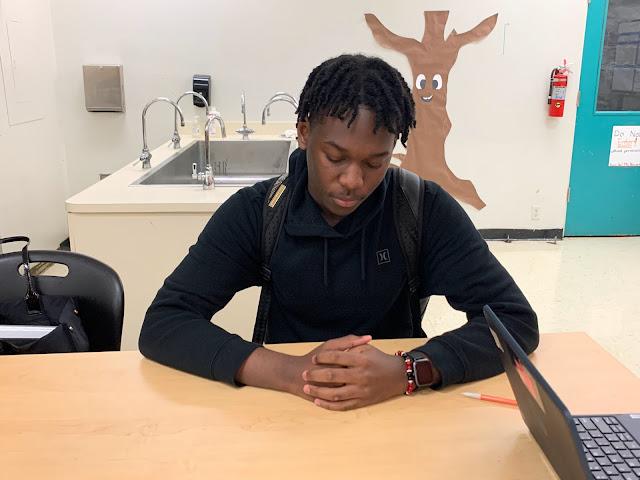Introduction
Camerawork is when a camera is used in film or television and is important to show the visual aspects of a movie and the world plus characters it is presenting. Four major categories used in camerawork is shot sizes, camera angle, framing, composition. A shot size is how much of the setting is displayed(an example would be full shot), camera angle is where the camera is positioned(an example would be high angle), framing is the placement and position of the subjects are in your shots (a example of this would be a single shot), and composition is the visual information in a camera frame (an example would be the scenery). The person in charge of the camerawork in film is the cinematographer some famous examples would be Roger Deakins who helped produce Blade Runner 2049 and 1917 and in which he won America Award for Best Cinematography. Me and my team need camerawork to help us film the best movie we can possibly make and to do that we need to learn how the camera is suppose to be used properly.
Sheet 1
Shot #1: Establishing Shot
Action Line: The showcase of Piper High School
Shot Size: Establishing Shot Camera Angle: Low Composition: Balance Framing: Point of View Tone: Empty
Shot #3: Wide Shot
Action Line: The Empty Mini Auditorium
Shot Size: Wide Shot Camera Angle: High Composition :Point Framing: Shot Tone: Empty
Shot #2: Master Shot
Action Line: Tyrone talks to the head Principal Ms, Vixen
Shot Size: Master Shot Camera Angle: Shoulder Level Composition: Deep Focus Framing: Over the Shoulder Tone: Serious
Shot #4: Full Shot
Action Line: Tyrone storming out of Ms.Vixen office
Shot Size: Full Shot Camera Angle: Eye Level Composition: Shallow Focus Framing: Single Shot Tone: Angry, upset
Sheet 2
Shot #1: Medium Full Shot
Action Line: Tyrone walking to class
Shot Size: Medium Shot Camera Angle: Eye Level Composition: Lines Framing: Single Shot Tone: Sad, boring
Shot #2: Medium Shot
Action Line: Tyrone got to class early and sat down
Shot Size: Medium Shot Camera Angle: Shoulder Level Composition: Shallow Focus Framing: Single Shot Tone: Sad
Shot #3: Medium Close UpAction Line: Tyrone's friend Kyle walked in and sat down next to himShot Size: Medium Close Up Camera Angle: Low Angle Composition: Shallow Focus Framing: Two Shot Tone: Chill and Quiet
Shot #4: Master Shot Action Line: Kids gathering into the classroom to begin their school day. Shot Size: Master Shot Camera Angle: High Angle Composition: Balance Framing: Three Shot Tone: Quiet
Reflection
Us students became a team on the following sites and some additional help from others as actors, I was director and Rahan D was the camera person. The locations of each shot take place in Piper High School and the majority are around campus like the classroom and mini auditorium, plus the following characters are Tyrone, Kyle, and Ms. Vixen and the tones of the shots are serious and the story lines are that Tyrone had gotten in trouble because he got into a fight and another one is everyone going to class to show how school students behave. This exercise was pretty difficult because we needed to get help from others and find an appropriate place to take the shots. However, we did accomplish the goal of the exercise and the way we did it was giving each other a task. Cole A(me) did the action lines, shot sizes, framing, and composition of each shot, Rahan D did the drawing for the planning and was the camera person, Eric E did the research, and Antonio M. did the planning. We used our phone camera to take the shots and used a laptop to use for our research, I would like to say we are at intermediate level. What I learned from this exercise was the importance of camera work in a film and how to use it.
Worked Cited
Barrance, T. (2023) Shot size in filmmaking, Learn About Film. Available at: https://www.learnaboutfilm.com/film-language/picture/shotsize/










No comments:
Post a Comment